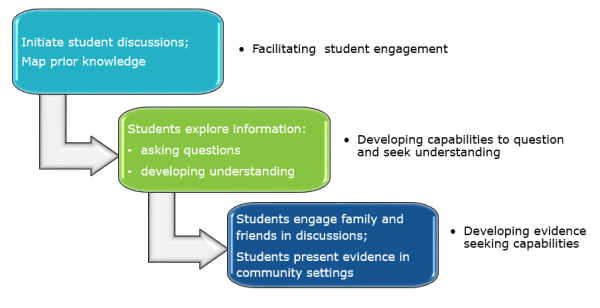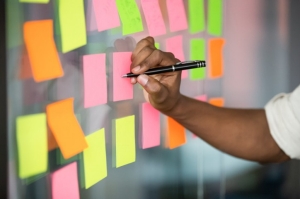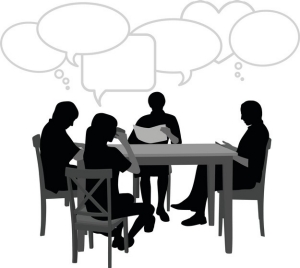Our research has demonstrated that when students engage in exploring socioscientific issues in class, they often become science communicators within their peer group and family. Students also tell us that they appreciate having resources such as pamphlets to help facilitate conversations in their families.
Some students need very little support to engage in conversations in the home. However, we have evidence that structured questions developed at school can support students to lead discussions in their families about socioscientific issues. One way of doing this is to set a task where students develop a short survey to find out what people in their peer group, family, village, sports team etc know about an issue.
The Pacific Science for Health Literacy COVID-19 Vaccinations Pamphlet has been designed to support student-led conversations in the home and community.
Cook Islands schools can access print copies of this pamphlet in either Cook Islands Maori or English. Please contact the Ministry of Education if you have not received your pamphlets or need more.
Reference: Bay, J.L., Vickers, M.H., Mora, H.A. et al. Adolescents as agents of healthful change through scientific literacy development: A school-university partnership program in New Zealand. IJ STEM Ed 4, 15 (2017). https://doi.org/10.1186/s40594-017-0077-0





